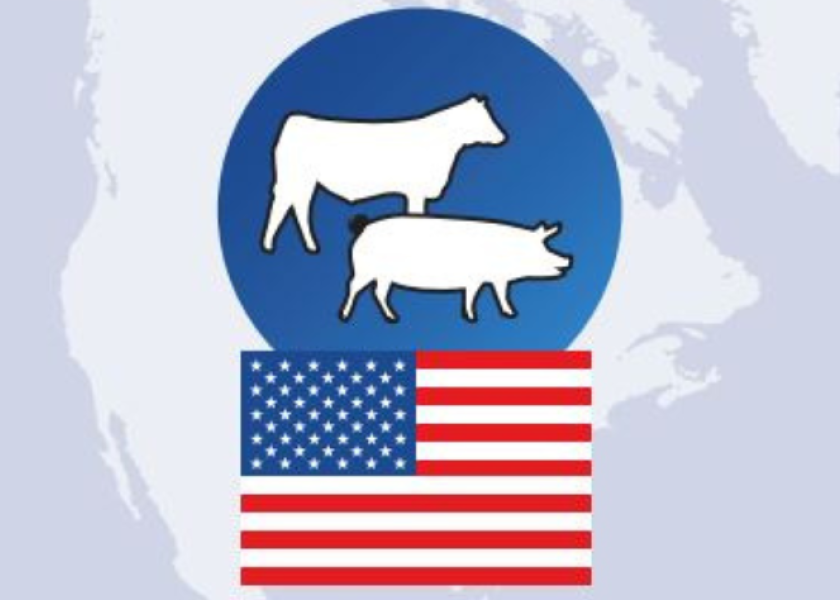U.S. Meat Export Federation Takes Producers on International Tour to Boost Meat Exports

In a global effort to promote American meat exports, the U.S. Meat Export Federation recently embarked on a tour of South Korea and Japan. Called the "Heartland Team," the tour featured a diverse group of members, including pork and cattle producers, as well as corn and soybean growers, with the goal of showcasing the value and quality of U.S. beef and pork in two of the largest markets for American meat products.
Dan Halstrom, U.S. Meat Export Federation president and CEO, recently joined AgriTalk to shed light on the tour and the current state of meat exports.
Starting in Seoul, South Korea, the team engaged with retailers and distributors, while also exploring the e-commerce landscape in Korea. The group then traveled to Tokyo, Japan, where they continued their mission of strengthening ties with key stakeholders in the Japanese meat market.
Japan and Korea hold significant importance to the U.S. beef market. In 2022, Korea's beef exports reached an impressive $2.7 billion, while Japan stood at $2.4 billion, ranking number one and number three, respectively, in American meat export destinations, Halstrom explains.
Halstrom highlights the diversity in meat preferences between the two nations. In Korea, beef reigns supreme, while Japan's appetite extends to both beef and pork, he explains.
“Over 50% of their caloric intake of red meat protein is imported,” Halstrom notes. “They're big meat eaters—they just don't have enough land and primarily to supply their own needs. This is nothing new. This has been the case for decades. When you're dealing with markets that rely on imports, establishing those relationships over time is key.”
Producers were given the opportunity to interact with customers and consumers, emphasizing the safety, nutrition, quality, and sustainability of U.S. meat products, Halstrom explains.
Resilience in Meat Exports
Aside from the tour, Halstrom expressed optimism, despite challenges facing the U.S. meat industry. The USDA recently lowered its beef production forecast, leading to an expected 13.8% decline in shipments compared to the previous year.
“We all know that we're in a lower phase for production, but I'm a little more optimistic, because in the face of higher prices and less supply the last six to seven months in particular, beef demand has been very resilient,” Halstrom explains.
Specifically, Mexico, has seen a 17% increase in beef imports year-to-date and is on record pace for pork, showcasing the industry's ability to thrive even in price-sensitive markets.
Both Korea and Japan also face concerns about inflation and economic growth. However, their reliance on imported meat products, especially beef and pork, continues to play a vital role in their economies, offering some insulation against broader economic uncertainties, Halstrom notes.
International Competition
In the global landscape, Halstrom shares insight of U.S. beef and pork exports’ international competition.
Australia emerged as a prominent competitor in the meat export market, driven by increased production following a period of drought, Halstrom notes. Specifically, Australia's growth mainly focuses on grass-fed beef, while their grain-fed production has not grown as quickly.
Additionally, the European Union, once a significant competitor, has seen a considerable contraction in the last 18 months, Halstrom says. Regulatory policies and cost structures have shifted, making American pork products more competitive in various markets.
Year-to-date, pork exports are up by an impressive 13%, with forecasts indicating a year-end increase of around nine to ten percent, Halstrom adds.
Meanwhile, beef exports face some challenges, with a projected decline of seven to eight percent for the year. However, the potential for a fourth-quarter rebound offers a glimmer of hope for the industry.







